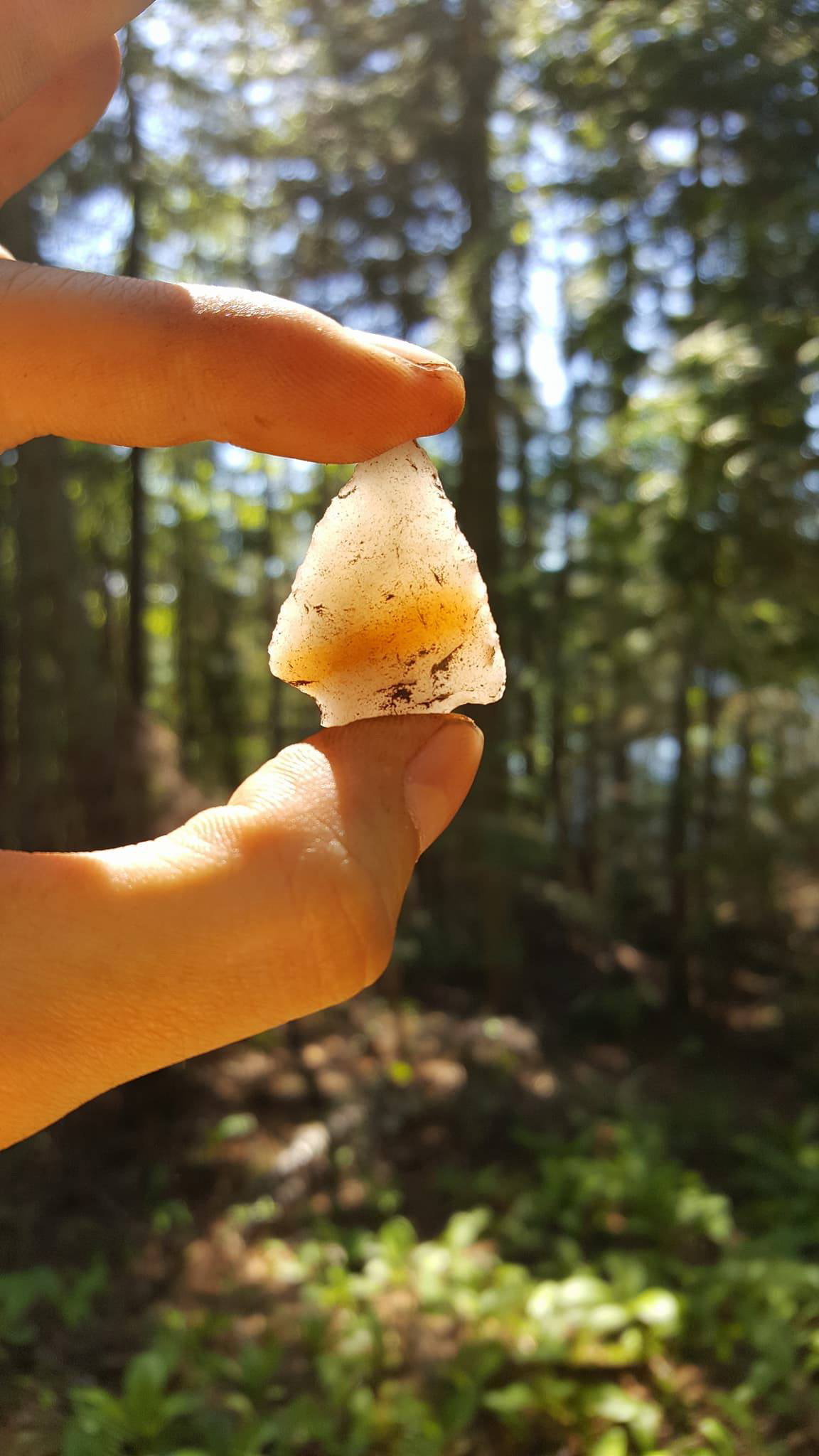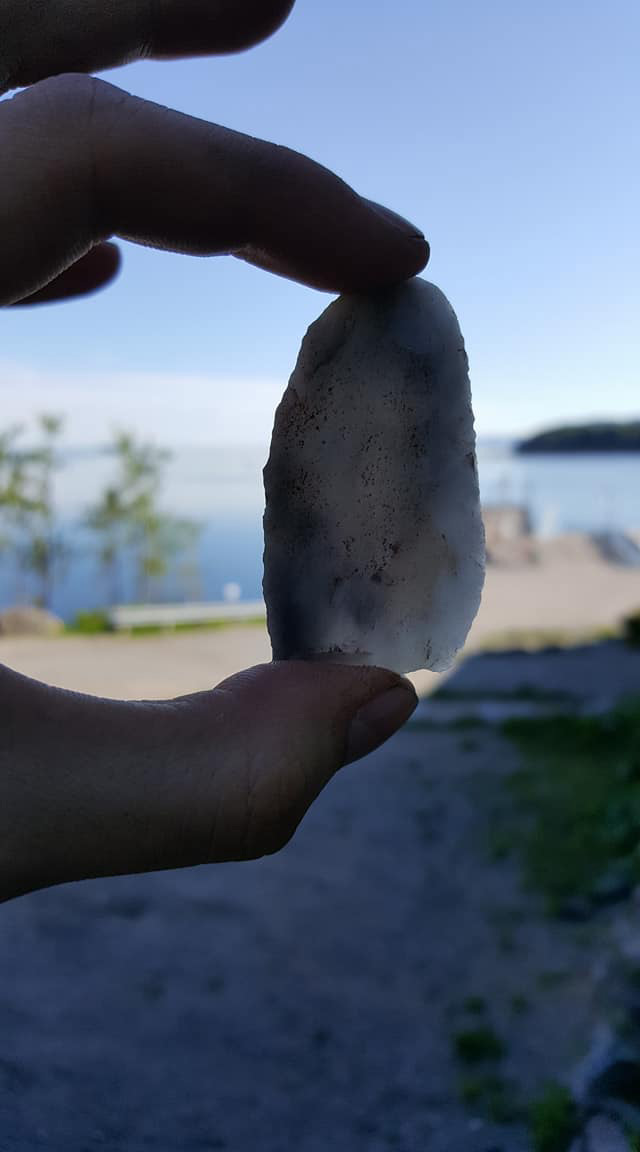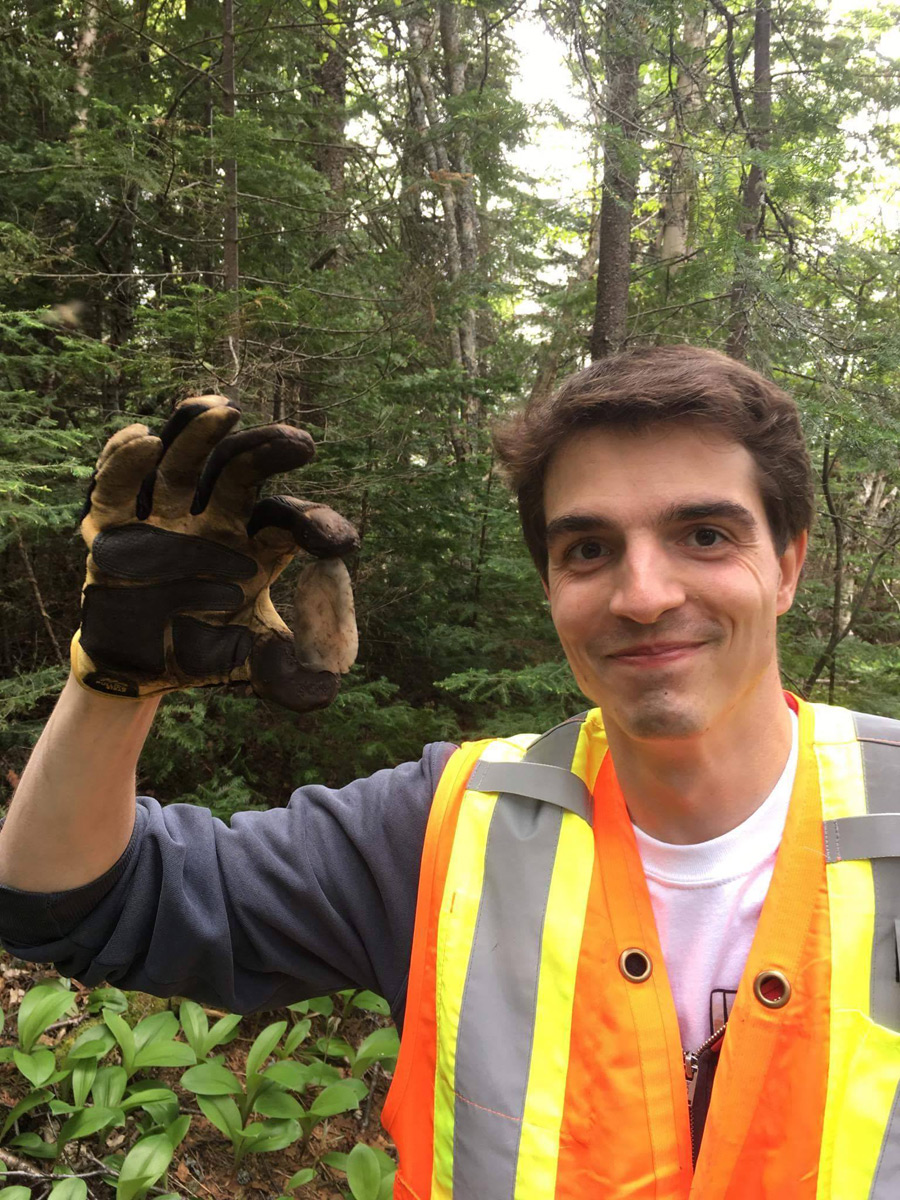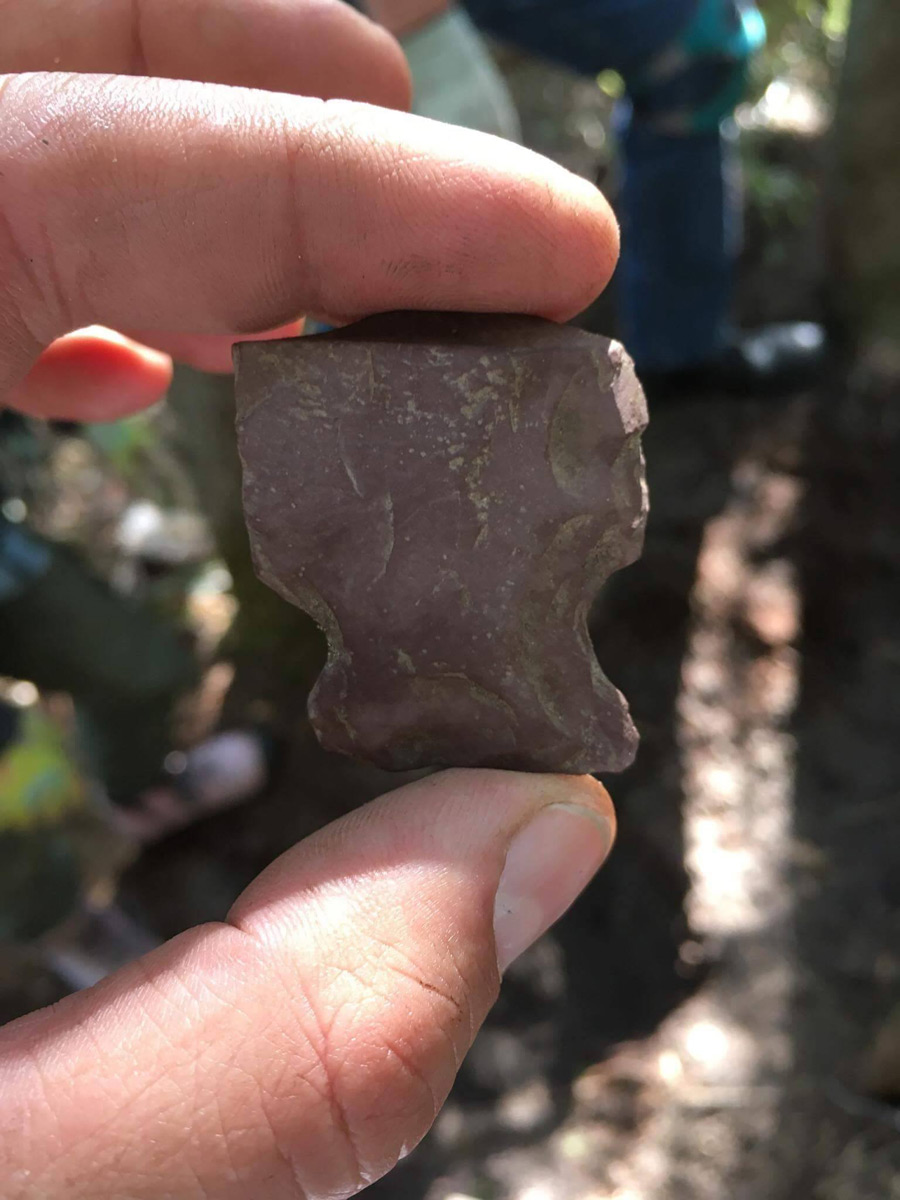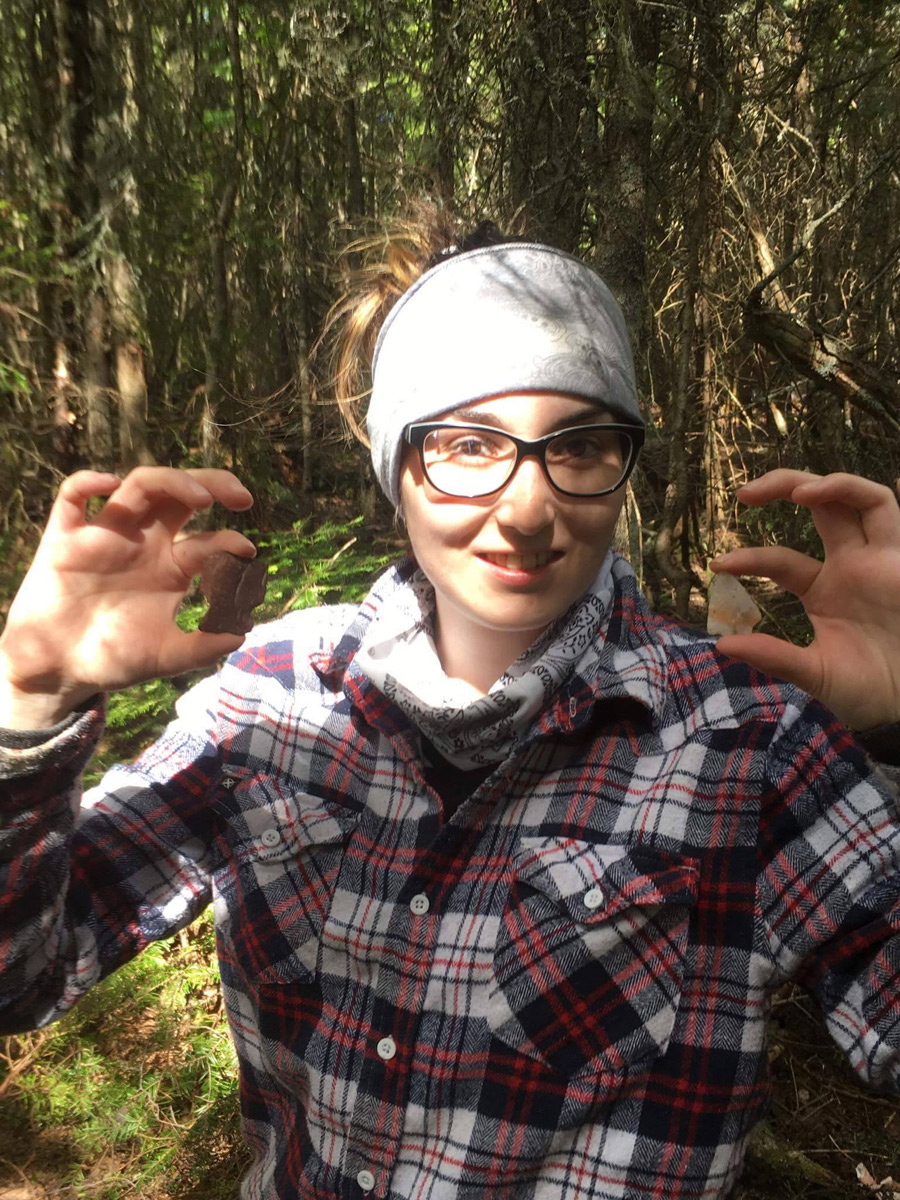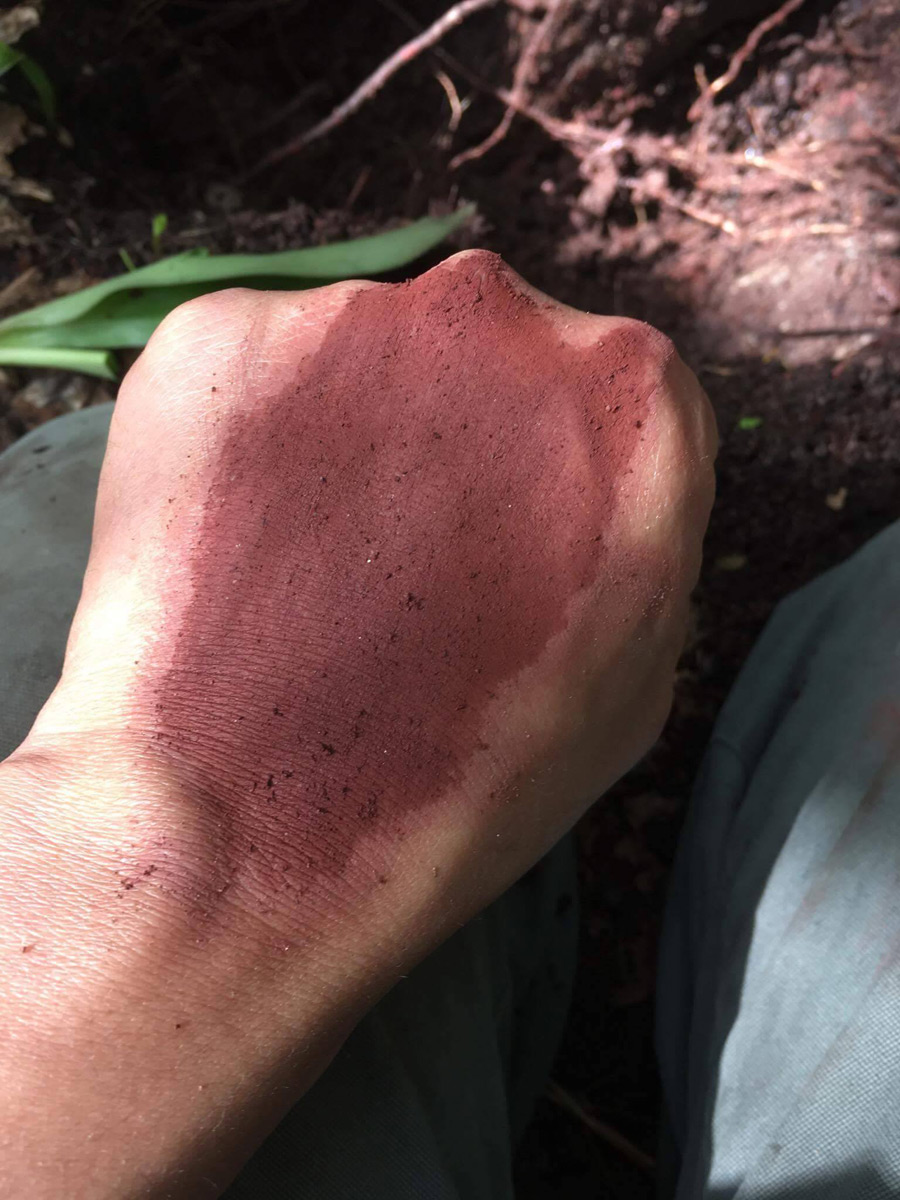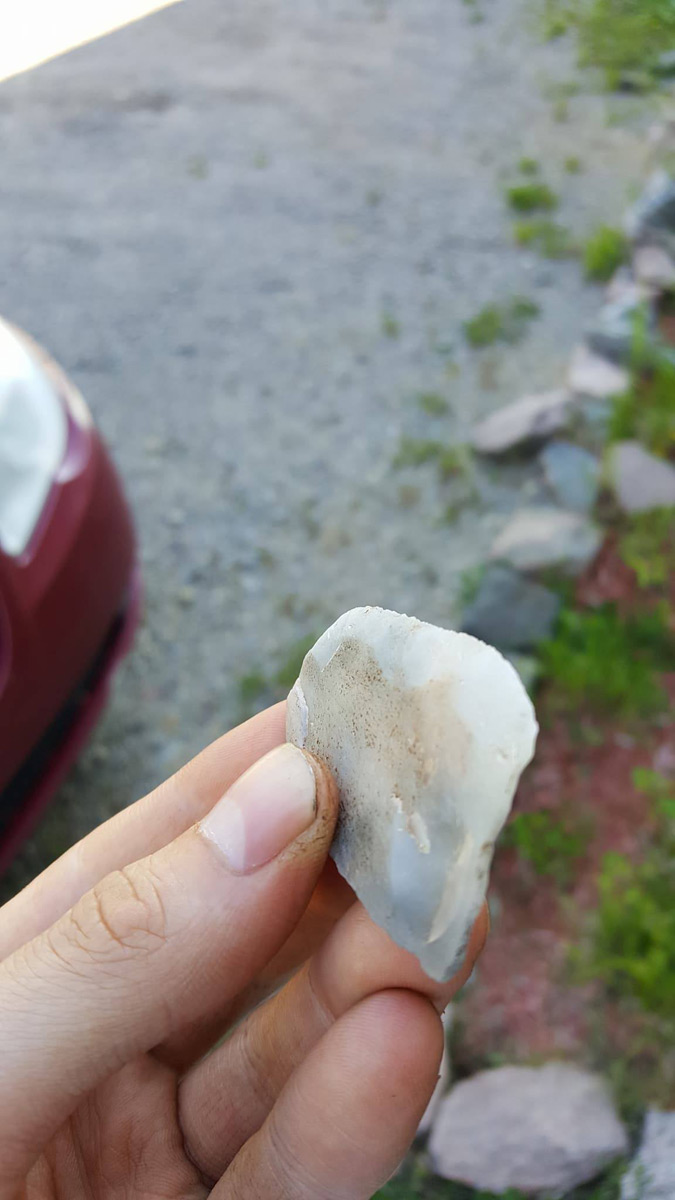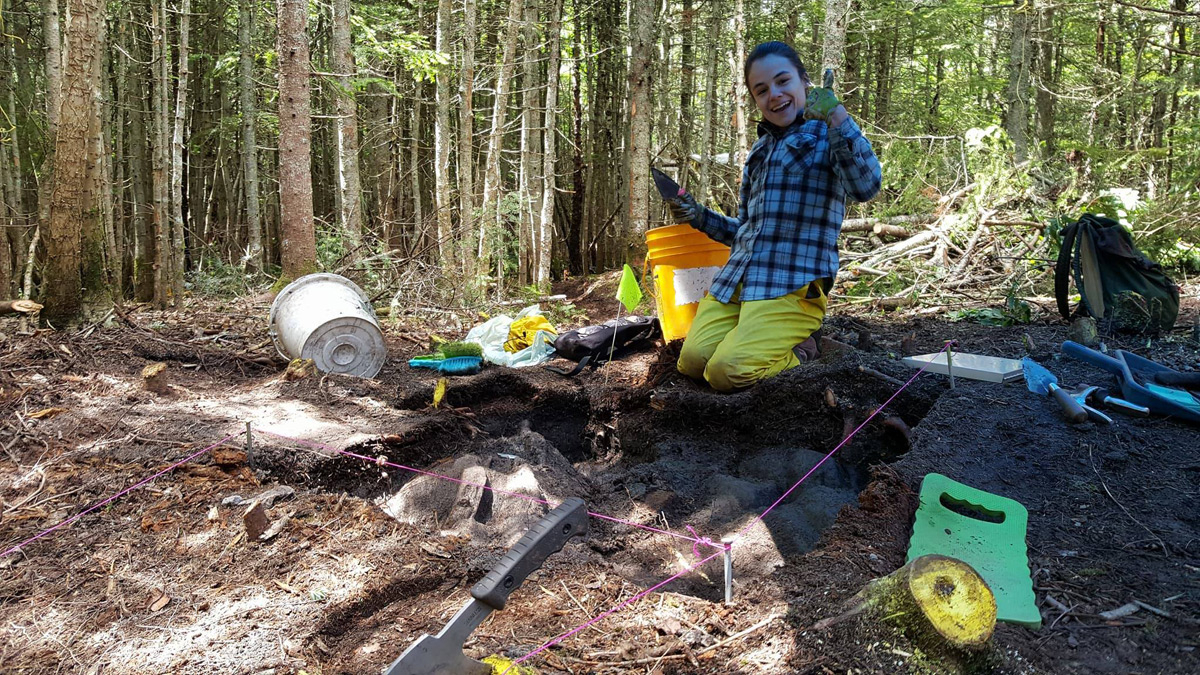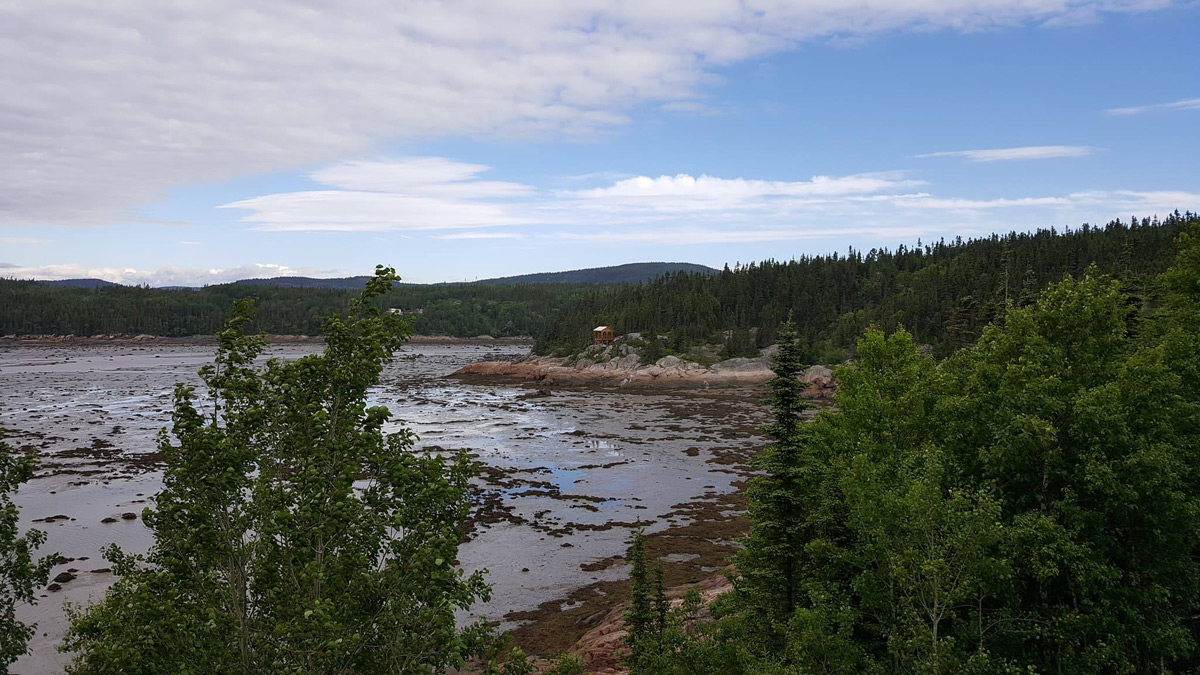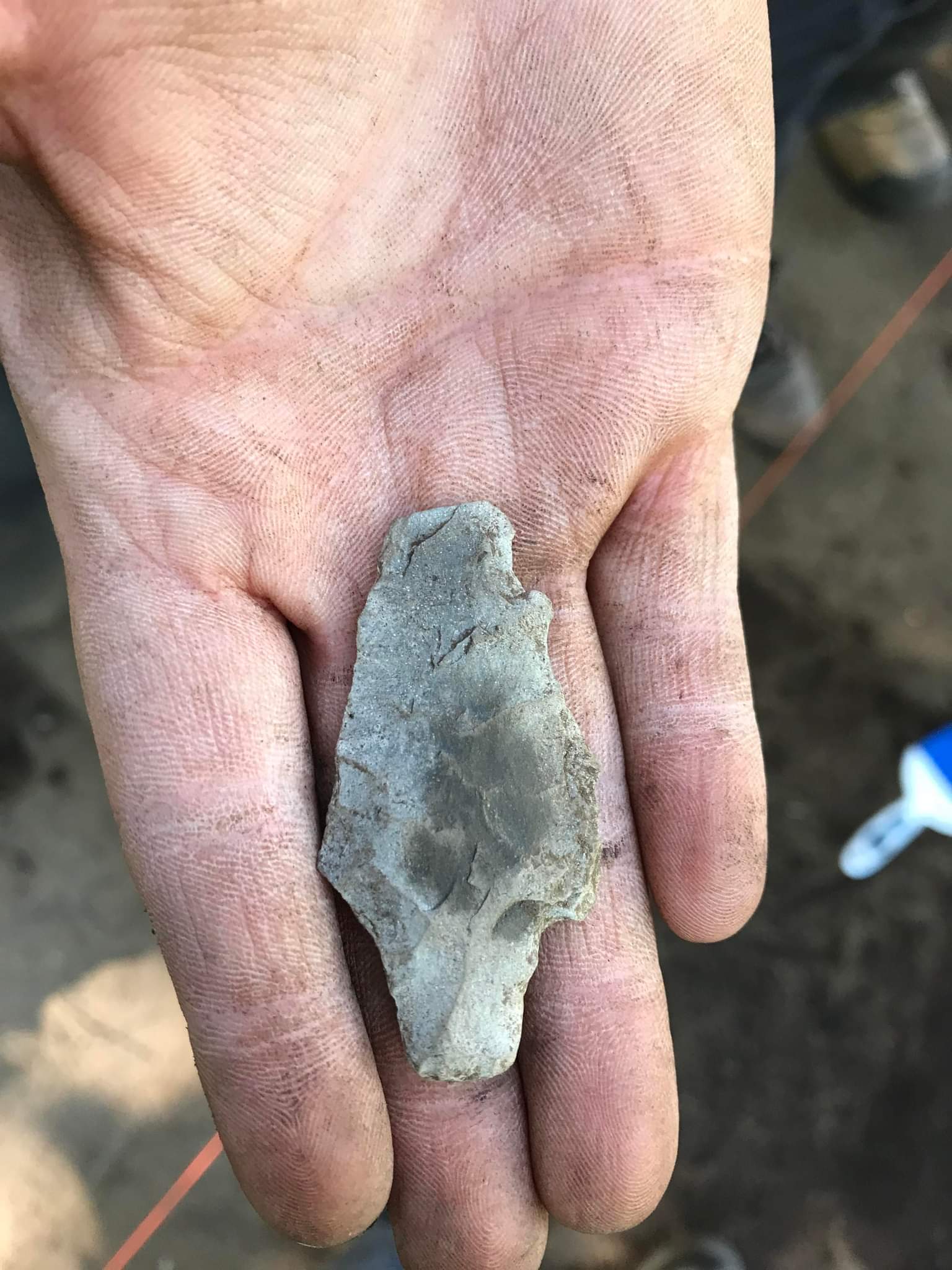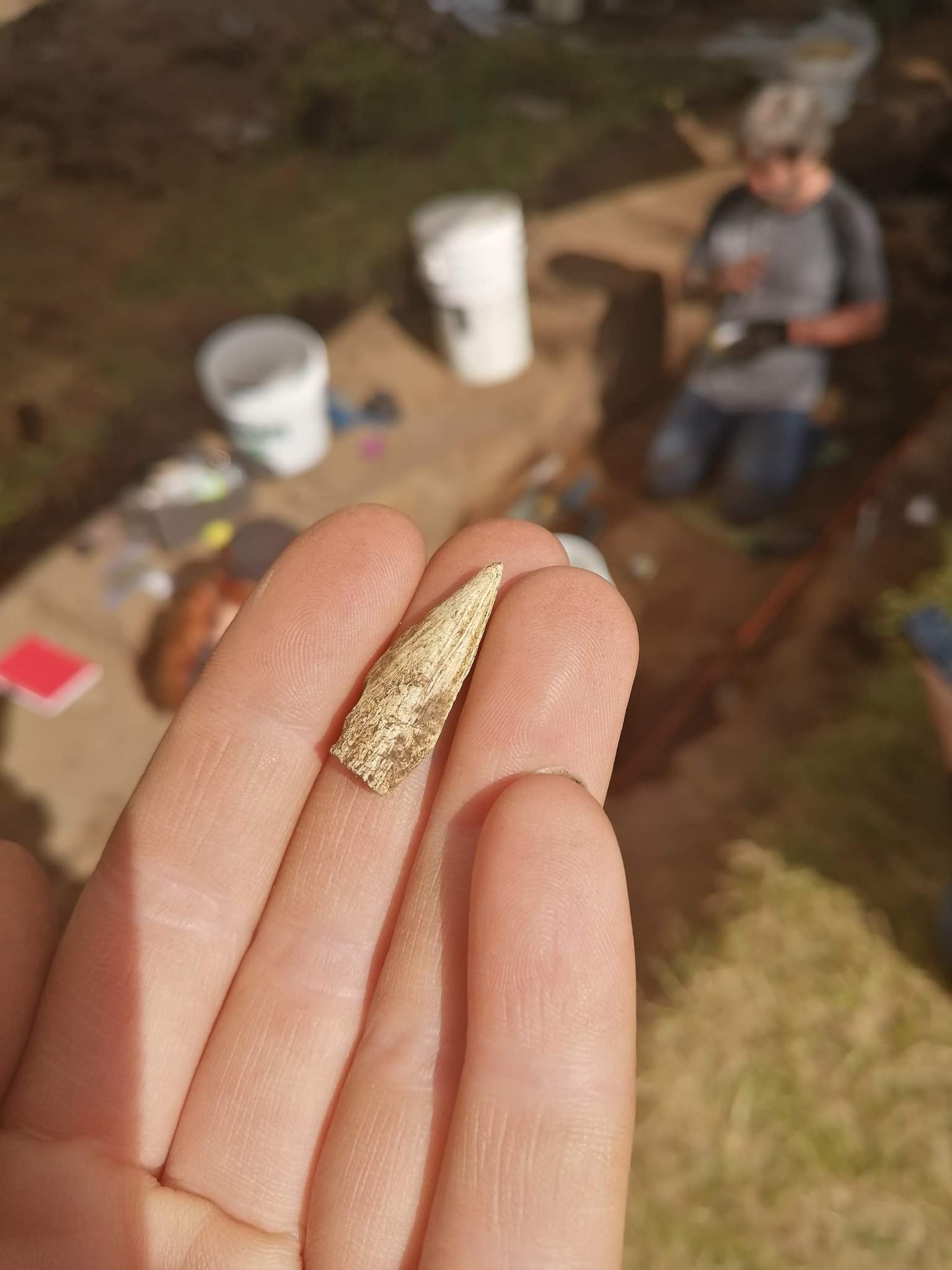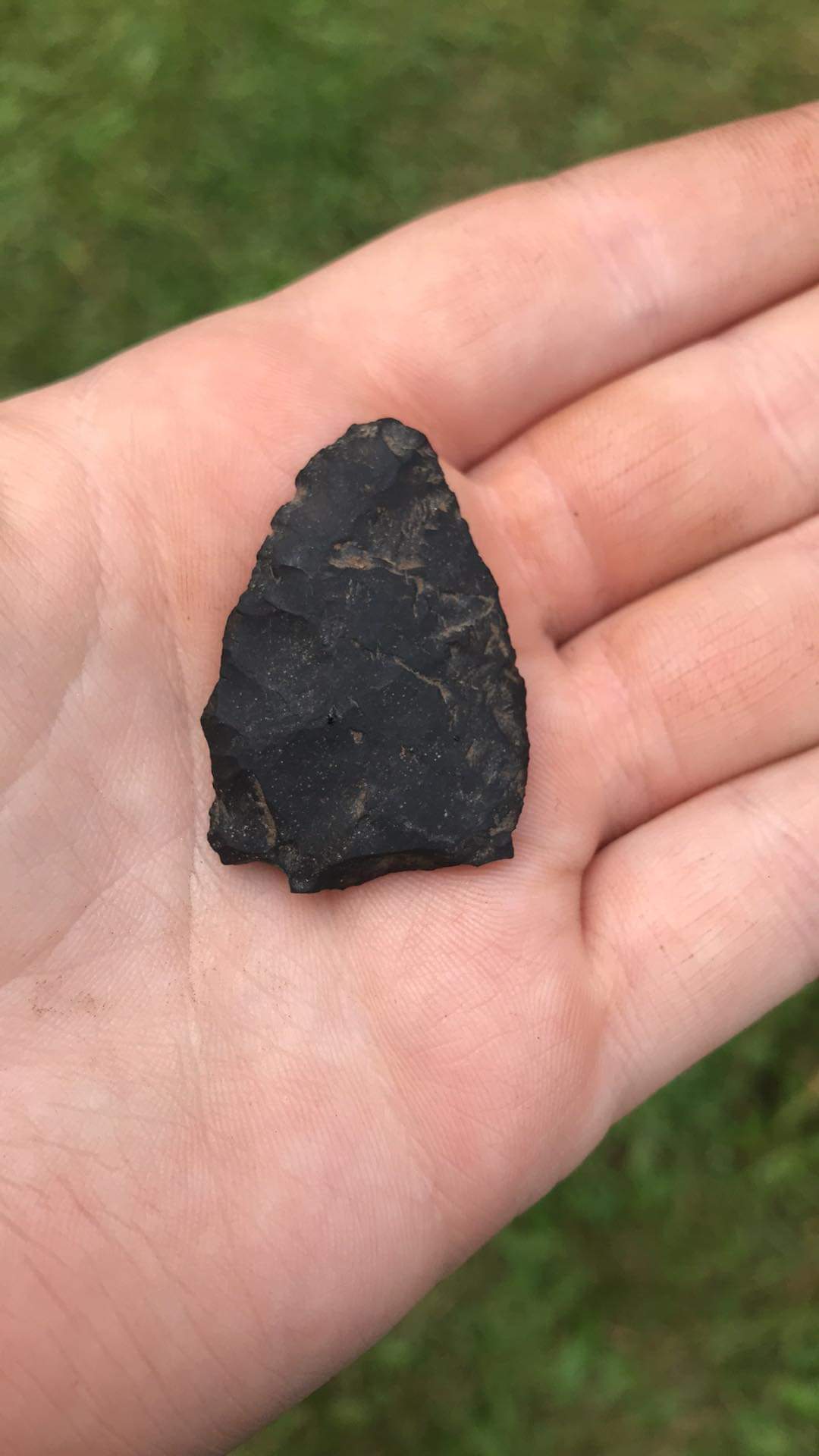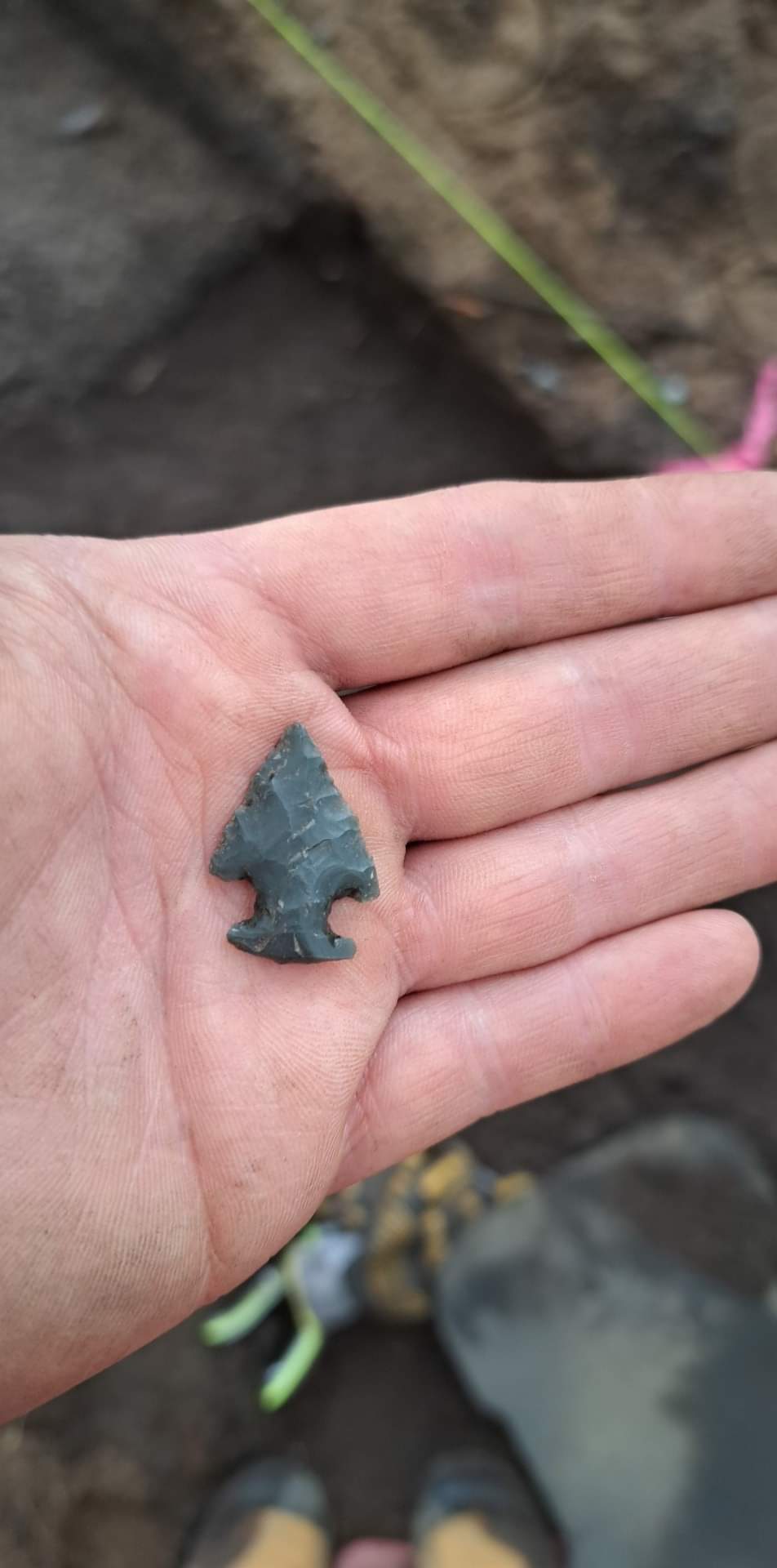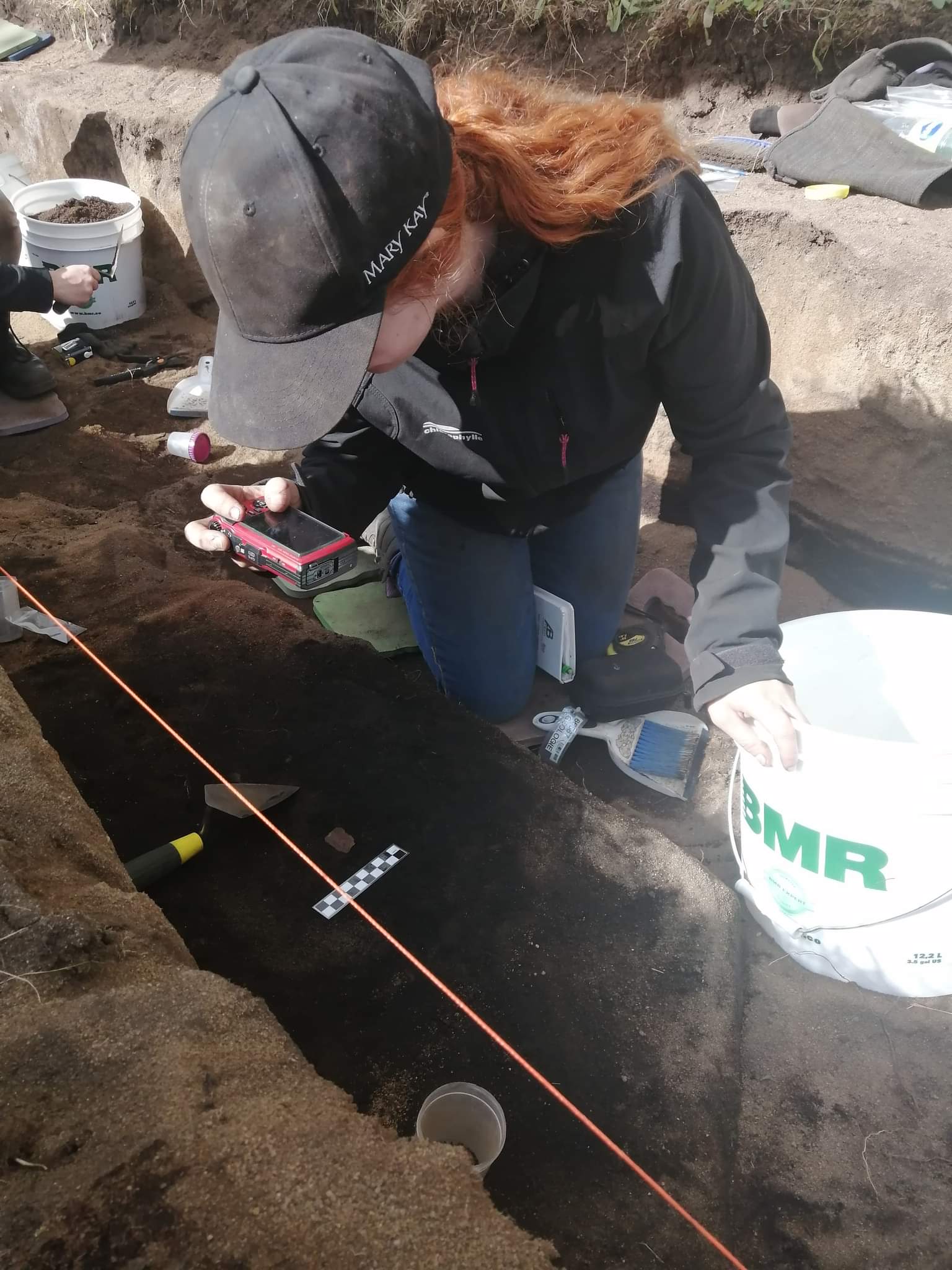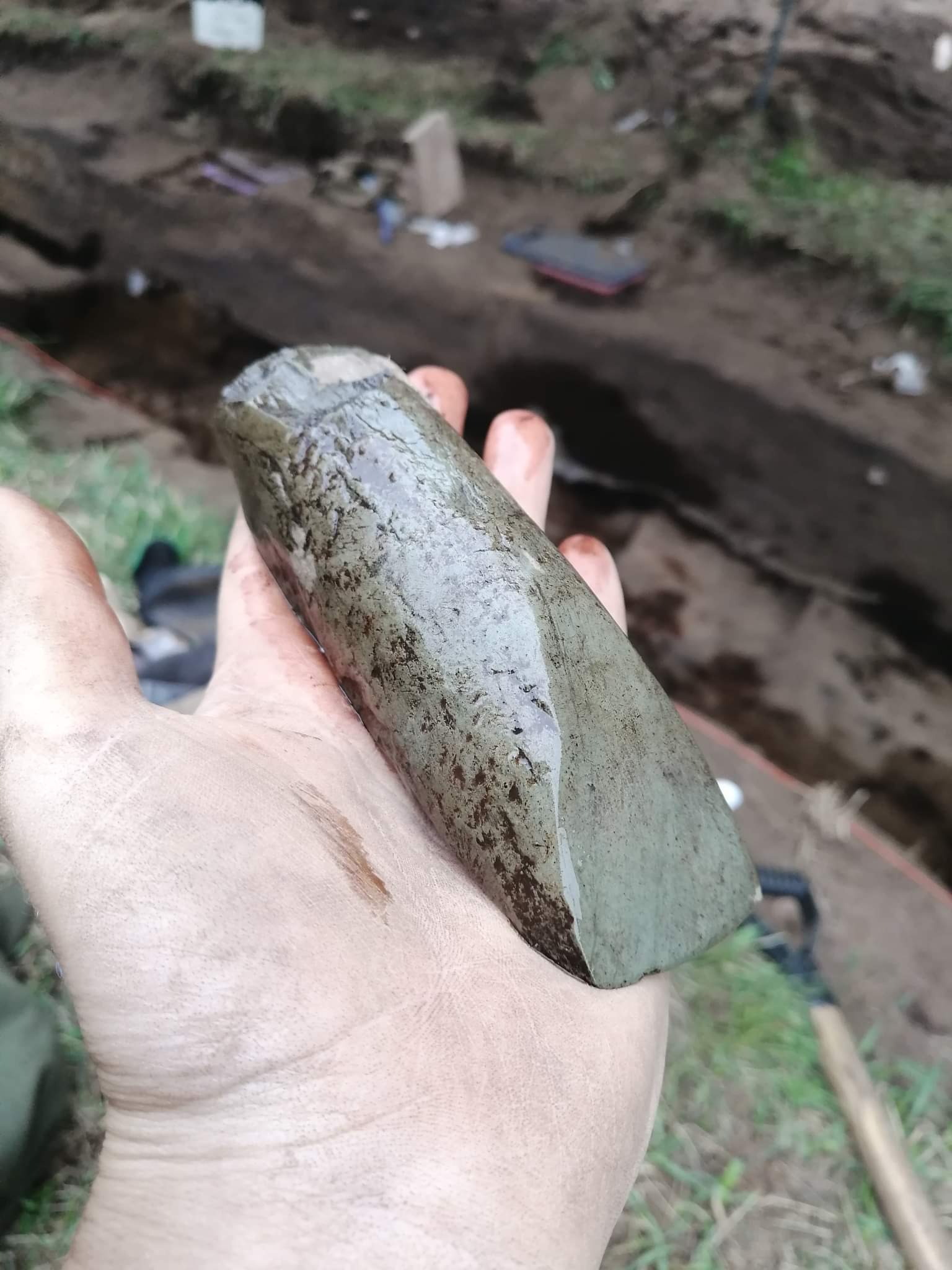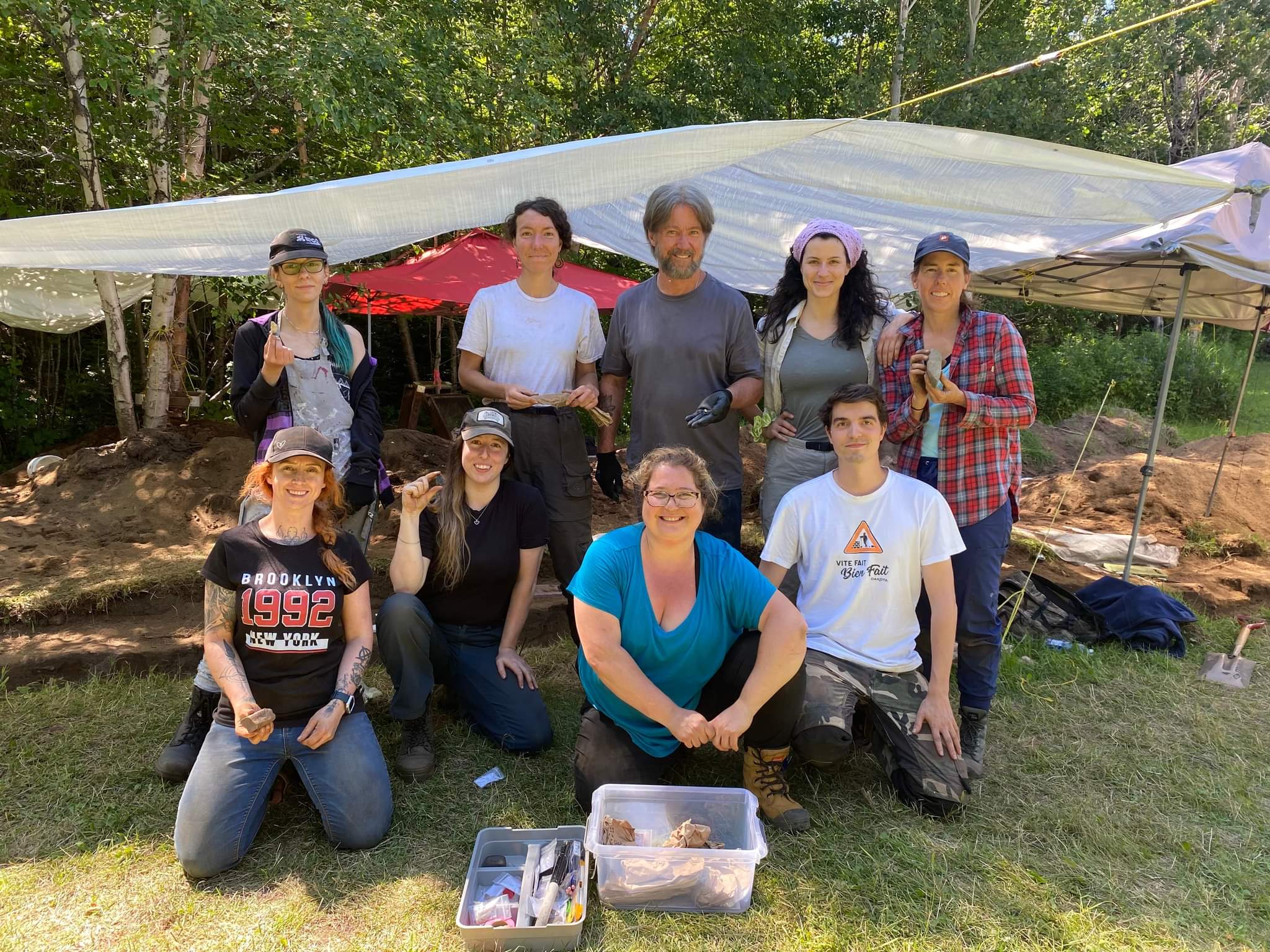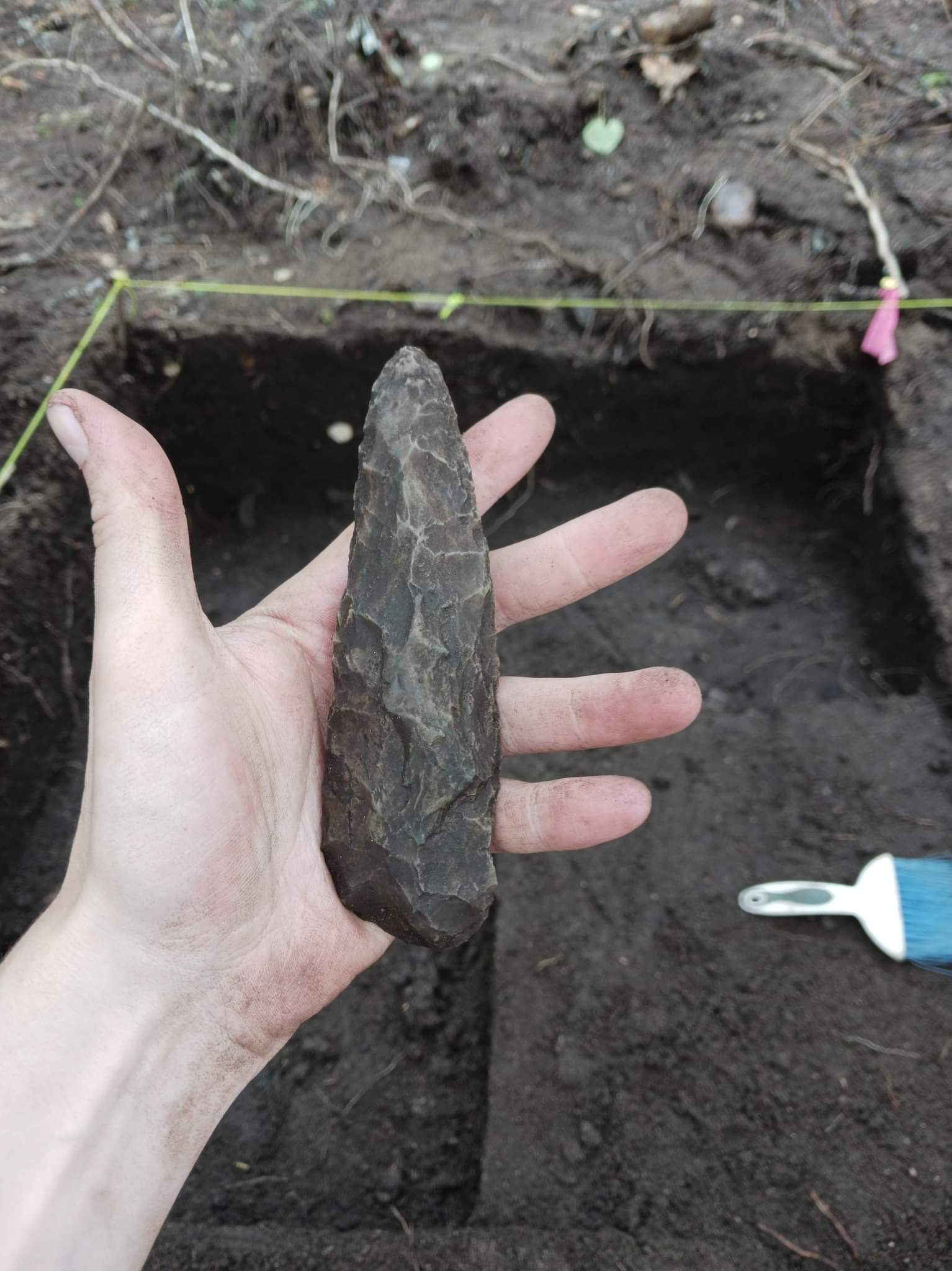Archaeological Projects
2017 Excavation
In 2016, the Municipality of Bergeronnes and Quebec’s Ministry of Culture signed a targeted agreement to enhance Bergeronnes Archaeological value.
Following this, multiple meetings were held to create an action plan for the next three years.
Over thirty archaeological sites have been listed in all Bergeronnes. Among those sites, three are classified by the Ministry of Culture. Historically, they testify of an important occupation from the Indigenous ancestors. This territory is rich, from paleohistory to the period of contact with the Europeans, to the French regime and then the English one. It is this richness that gave reason to creating Archeo Topo in 1995.
Even though Bergeronnes’ potential was known at the beginning of the last century, the Sixties brought an era of archaeological development in Quebec, which included many excavation campaigns in “Pointe-à-John.” Following the agreement, the first step was to summarize all archaeological interventions. The second was to understand more of the territory’s human occupation by doing archaeological surveys on the Pointe-à-John.
Thus, a team of archaeologists started to dig on the 4th of June under Érik Langevin’s direction (archaeologist and professor at the University of Quebec In Chicoutimi). Three students participated in the excavations within the framework of their first school session. This initiative was born from the agreement on the enhancement of archaeological values. The 2017’s intervention is only the first of a tradition.
Excavation 2022
In the spring of 2022, Quebec’s Ministry of Culture, the University of Quebec in Chicoutimi and Archeo Topo Center orchestrated the excavation on the Lavoie site (DbEj-11) on the Pointe-à-John in Bergeronnes. Five students and three archaeologists took part in this school field activity.
This preventive project was conducted prior to alterations on the private property where the site is located.
The Lavoie site was uncovered in 1973, during the excavation of a well. The findings were quickly significative enough to call on salvage excavations, permitting following research done on the site to determine a very old human occupation. In the same place but different scenery, the hunter-gatherers from the Archaic period settled by the Goldthwait Sea, 5,500 years ago, probably between March and November. The site might have been an islet or a tombolo2 where the high tides or storms would run over every once and again. The Indigenous groups exploited the seals, which they butchered on the spot, but also hunted terrestrial mammals like the beaver, hare and moose. Despite the magnitude of the marine resources exploitation, the tool’s appearance can not establish a maritime Archaic origin, most known in Labrador and New-Foundland. The tools rather hold similarities to the Vergennes Phase from the Laurentian Archaic period.
In 1983, the site was classified in the registry of archaeological propriety for its historic importance, which is why the intervention took place in the summer 2022. The site was managed by different collaborators, allowing the landowner to go ahead with his projects.
Équipe
Noémie Plourde, Lead archaeologist, lecturer.
Marc-André Béchard, Archaeologist, teaching assistant
Jany-Claude Bouchard, Archaeologist, assistant.

